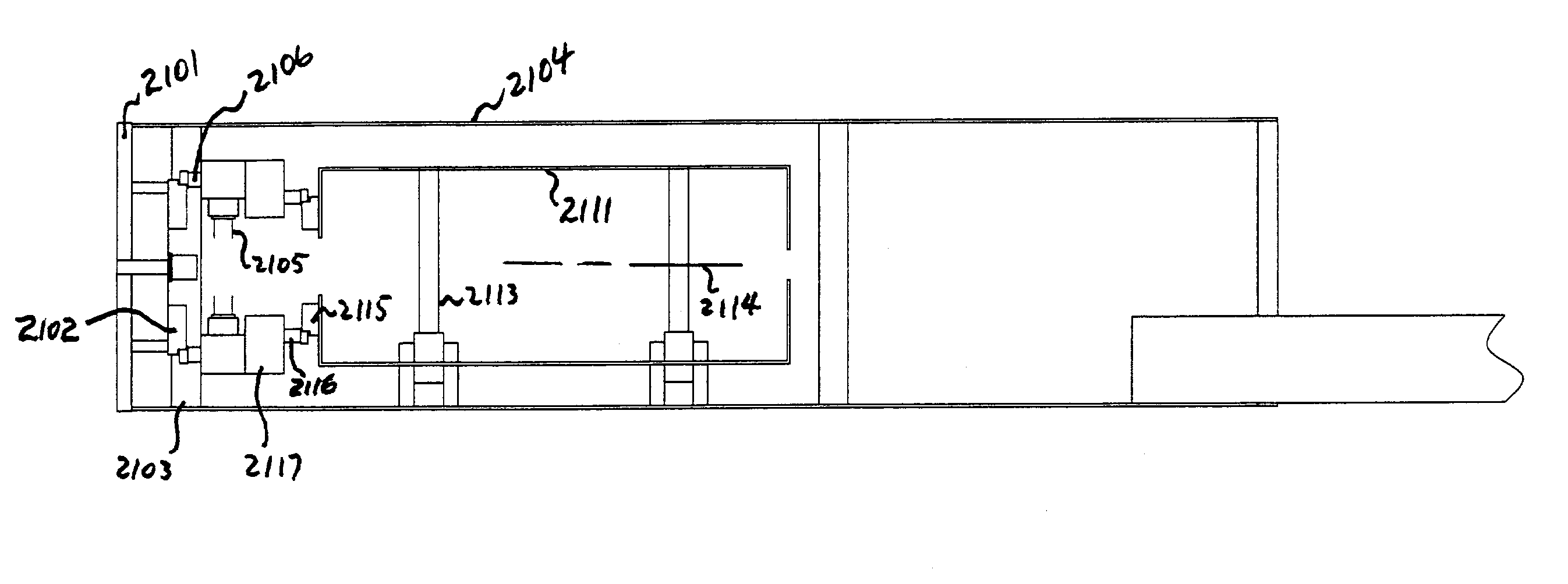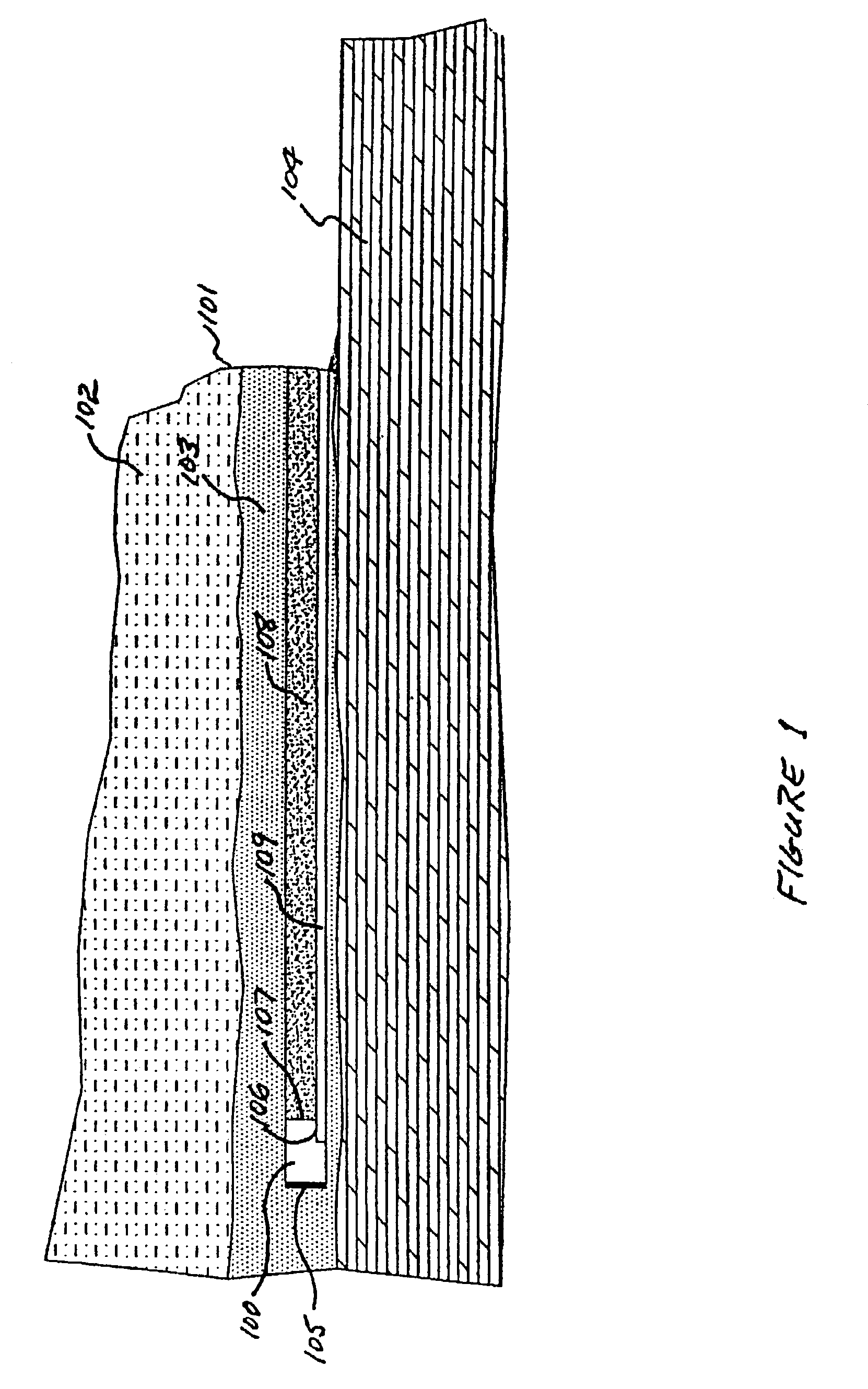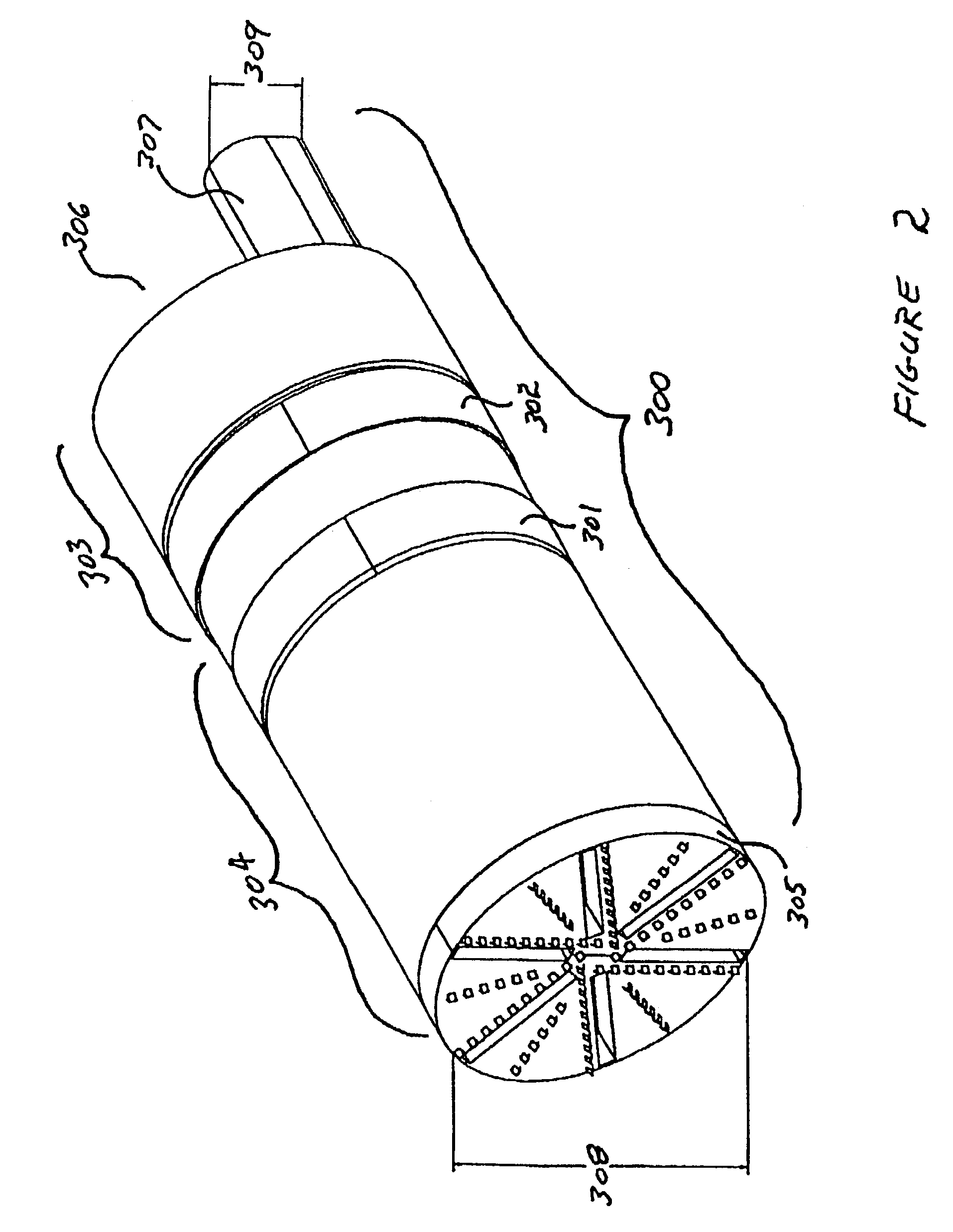Method and means for processing oil sands while excavating
a technology of oil sands and extraction methods, applied in the direction of mining structures, drilling machines and methods, surface mining, etc., can solve the problems of substantial disturbance of the surface, inability to economically exploit traditional oil well technology, and significant increase in the overall cost of bitumen recovery, so as to achieve more efficient removal, reduce greenhouse gas emissions, and enhance the effect of some aspects of the extraction process
- Summary
- Abstract
- Description
- Claims
- Application Information
AI Technical Summary
Benefits of technology
Problems solved by technology
Method used
Image
Examples
Embodiment Construction
Bitumen Separation Using Variations of the Clark Process
[0070]In one embodiment, the present invention includes a shielded mining machine that excavates oil sand material by using a combination of mechanical cutters, water jets and the action of a hot water slurry and a chamber for performing bitumen separation using a variation of the Clark process. The mechanical agitation of the hot slurry reduces the size of the clumps of oil sand and other material while the combination of mechanical agitation and hot water causes the bitumen to begin separating from the sand grains. When the material reaches a desired size, it is ingested through a rotating cutter head into a pressure chamber. The pressure chamber is formed by the rear of the rotating cutter head, an outer shield and a pressure bulkhead. Additional hot water and air may be added to the slurry in the pressure chamber, The material remains in the pressure chamber where it continues to be agitated by the rotation of the cutter he...
PUM
 Login to View More
Login to View More Abstract
Description
Claims
Application Information
 Login to View More
Login to View More - R&D
- Intellectual Property
- Life Sciences
- Materials
- Tech Scout
- Unparalleled Data Quality
- Higher Quality Content
- 60% Fewer Hallucinations
Browse by: Latest US Patents, China's latest patents, Technical Efficacy Thesaurus, Application Domain, Technology Topic, Popular Technical Reports.
© 2025 PatSnap. All rights reserved.Legal|Privacy policy|Modern Slavery Act Transparency Statement|Sitemap|About US| Contact US: help@patsnap.com



